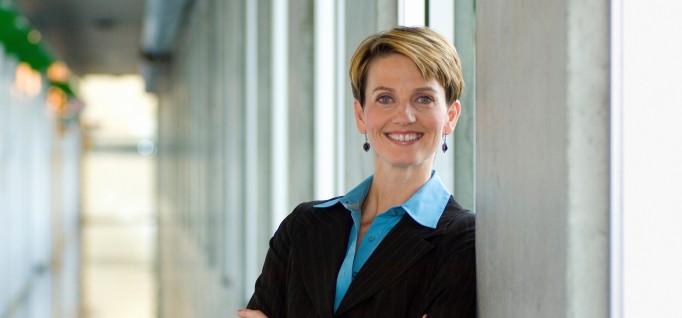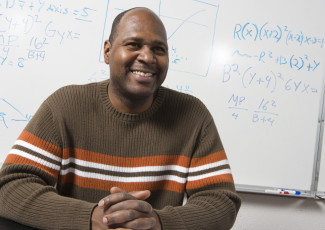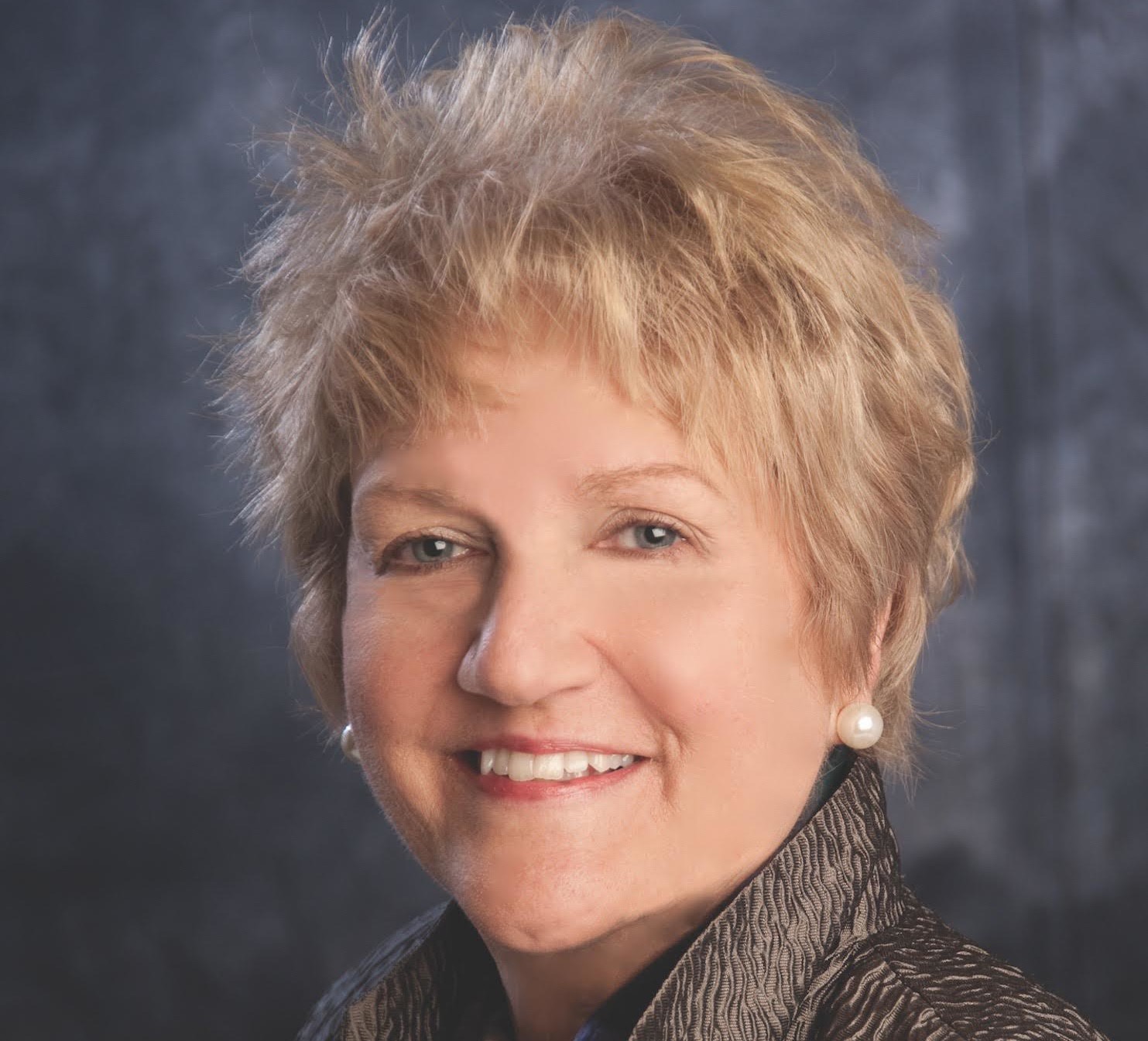Women Leaders in Higher Education
By Emily Rogan
February 3, 2016
The American Council on Education calls for more female presidents with Moving the Needle campaign.
Even though they earn more college degrees than men do, women are sorely underrepresented in higher education’s top jobs. As of 2011, only 26 percent of college presidents were women — up just 3 percent since 2006, according to the latest survey of college presidents, conducted by the American Council on Education (ACE).
But ACE intends to change all that with its national campaign Moving the Needle, which launched on January 12. Knowing that many women aspire to take the helms of colleges and universities, “We have to change the notion of what a good leader looks like,” says Kim Bobby, director of ACE’s Inclusive Excellence Group, responsible for the campaign.
A call for equity
“There is still a lot of unconscious bias that goes into the search process,” says Bobby. “Women tend to be scrutinized more about certain aspects of leadership, skill sets and abilities, budgeting and finance, and the ability to be decisive. We need to take gender out and look at good leadership qualities,” she says.
By 2030, the campaign hopes to accomplish the goal of having women in chief executive positions at half of the nation’s colleges and universities. There were more than 100 inaugural signatures from college presidents and chancellors when the campaign was launched, according to ACE. More than 100 signatures have been gathered since then, with additional names added weekly.
What it means for community colleges
Presidents from the community college world recognize the value of diversity in leadership at their schools, not just in terms of parity but also for the precedent it sets for their students and the communities the leaders serve.
“As we consider and contemplate the ever-increasing potential of higher education to make a difference in the lives of our students and our communities, we cannot ignore the changing demographics of both gender and race in America’s higher education landscape. We, as leaders of governing boards and colleges/universities, have to reshape and re-imagine our commitment to a diversity of leadership that is all-encompassing, bold, and courageous.” — Charlene M. Dukes, president of Prince George’s Community College, in Largo, Maryland
“Much of the strength and resilience of my institution was envisioned and enacted by a diverse trio of women presidents who preceded me. It’s more important than ever for this to become the common experience nationwide for our students, communities and partners who expect gender and ethnic diversity across an institution, including the executive team.” — Thom Chesney, president of Brookhaven College, in Farmers Branch, Texas
Good timing
The launch of Moving the Needle comes at a time when community colleges are experiencing a high volume of retirements among presidents. “It’s a prime opportunity for us to think about how we make sure we have cultivated women and underrepresented groups to take those spaces,” says Bobby. “It’s a perfect hand-in-glove opportunity.”
To learn more about the campaign, visit the ACE website.
Please share your thoughts in the comments below.









